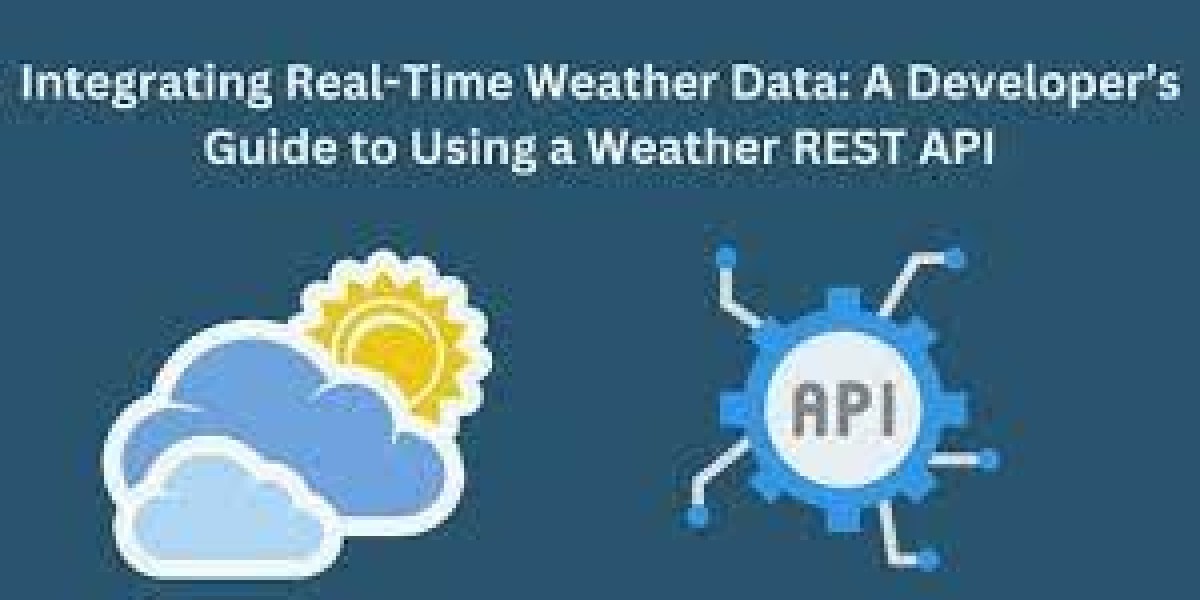Understanding Current Weather APIs
A current weather API provides real-time weather information, which is essential for applications ranging from simple weather widgets to complex meteorological tools. These APIs offer data on temperature, humidity, wind speed, precipitation, and more, enabling developers to create comprehensive and reliable weather dashboards.
Popular Weather APIs
- OpenWeatherMap API: This is one of the most popular APIs, offering free and paid plans that provide extensive weather data, including current weather, forecasts, and historical data.
- WeatherStack API: Known for its real-time weather updates and easy integration, WeatherStack is a reliable option for developers.
- Weather Channel API: Provided by IBM, this API delivers highly accurate and detailed weather information, making it ideal for professional-grade applications.
Building a Weather Dashboard with JavaScript
Creating a weather dashboard involves several steps, from selecting the right API to integrating it into your JavaScript application. Here, we will walk through the process, highlighting key considerations and best practices.
Step 1: Selecting the Right Weather API
When choosing a current weather data API, consider factors such as the geographical coverage, accuracy, data points available, and pricing. For example, the Weather Channel API is renowned for its precision and comprehensive data but may come at a higher cost. On the other hand, OpenWeatherMap offers a balance of affordability and functionality.
Step 2: Setting Up Your Development Environment
To build a weather dashboard, you need a basic understanding of JavaScript, HTML, and CSS. Set up your project directory and initialize it with essential files: index.html, styles.css, and script.js.
Step 3: Fetching Weather Data
Using JavaScript, you can fetch data from the chosen API. Here’s a basic example of how to use the Fetch API in JavaScript to get current weather data from OpenWeatherMap:
Step 4: Displaying Weather Data on the Dashboard
To create an engaging weather dashboard using JavaScript, you need to process the API response and update the HTML dynamically. Here’s an example of how to display temperature and weather conditions:
Step 5: Enhancing User Experience
A weather dashboard should be visually appealing and user-friendly. Utilize CSS to style the dashboard and make it responsive. Additionally, consider using libraries like Chart.js to display graphical representations of weather data, such as temperature trends and precipitation charts.
Step 6: Adding Advanced Features
To further enhance your weather dashboard, consider integrating additional features such as:
- Forecast Data: Show future weather predictions using the same API.
- Location Detection: Use the Geolocation API to fetch weather data for the user’s current location automatically.
- Alerts and Notifications: Implement push notifications for severe weather alerts.
Conclusion
Building a weather dashboard with JavaScript is a highly rewarding project that leverages current weather APIs to provide real-time data. By carefully selecting a current weather data API and following best practices in JavaScript development, you can create an interactive and informative weather dashboard. Whether using the Weather Channel API for its detailed reports or OpenWeatherMap for its versatility, the possibilities are endless. Start experimenting with different APIs today to find the perfect fit for your weather application needs.



